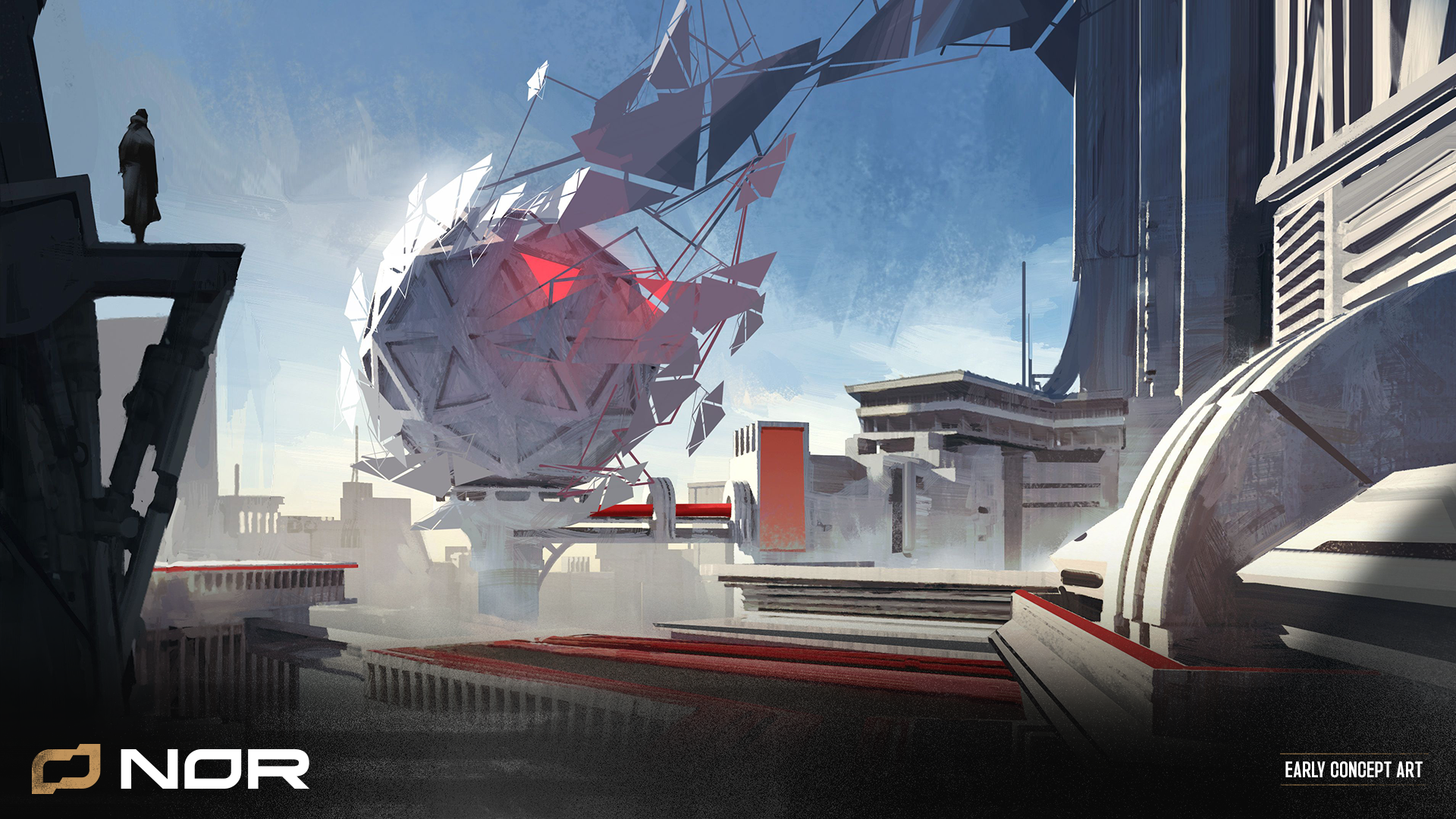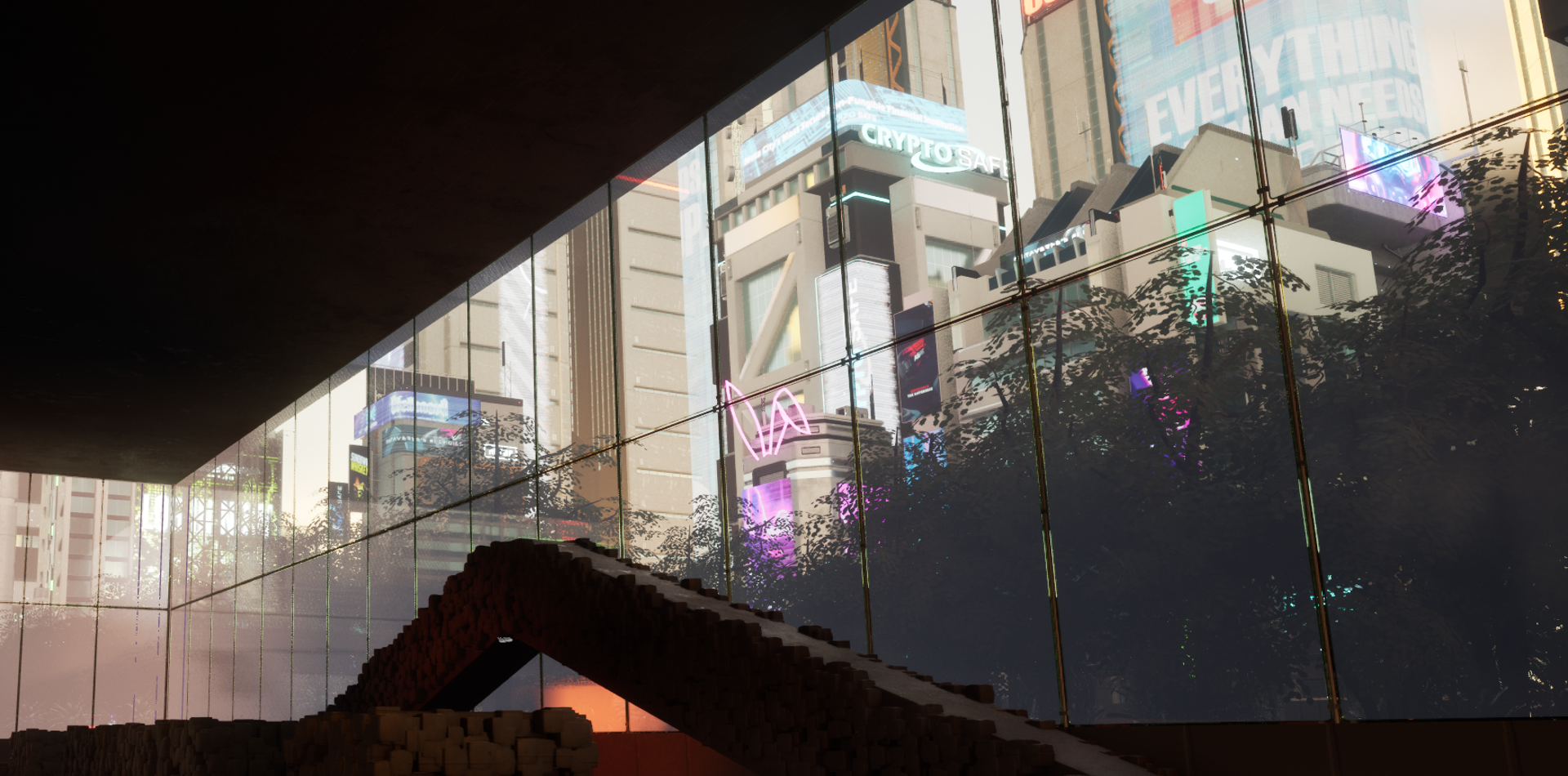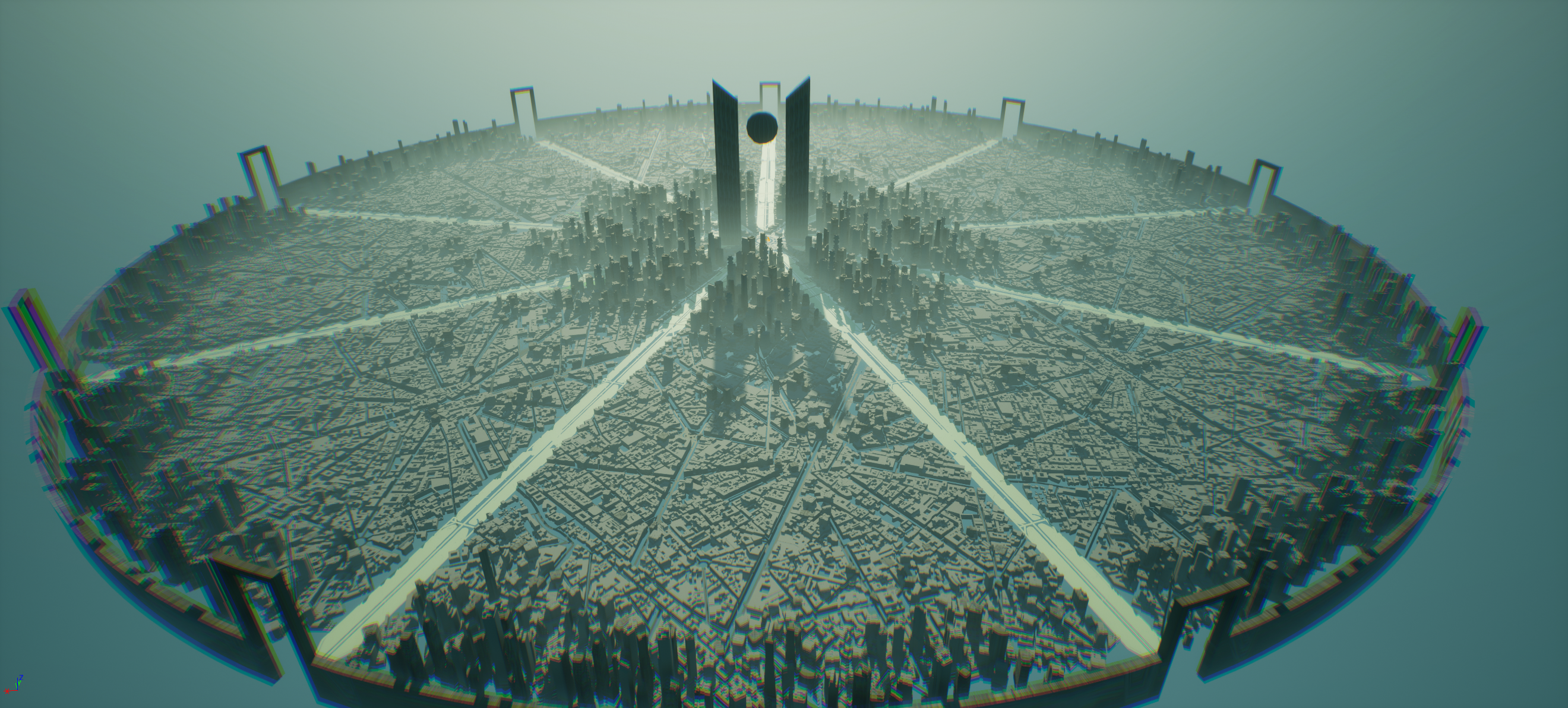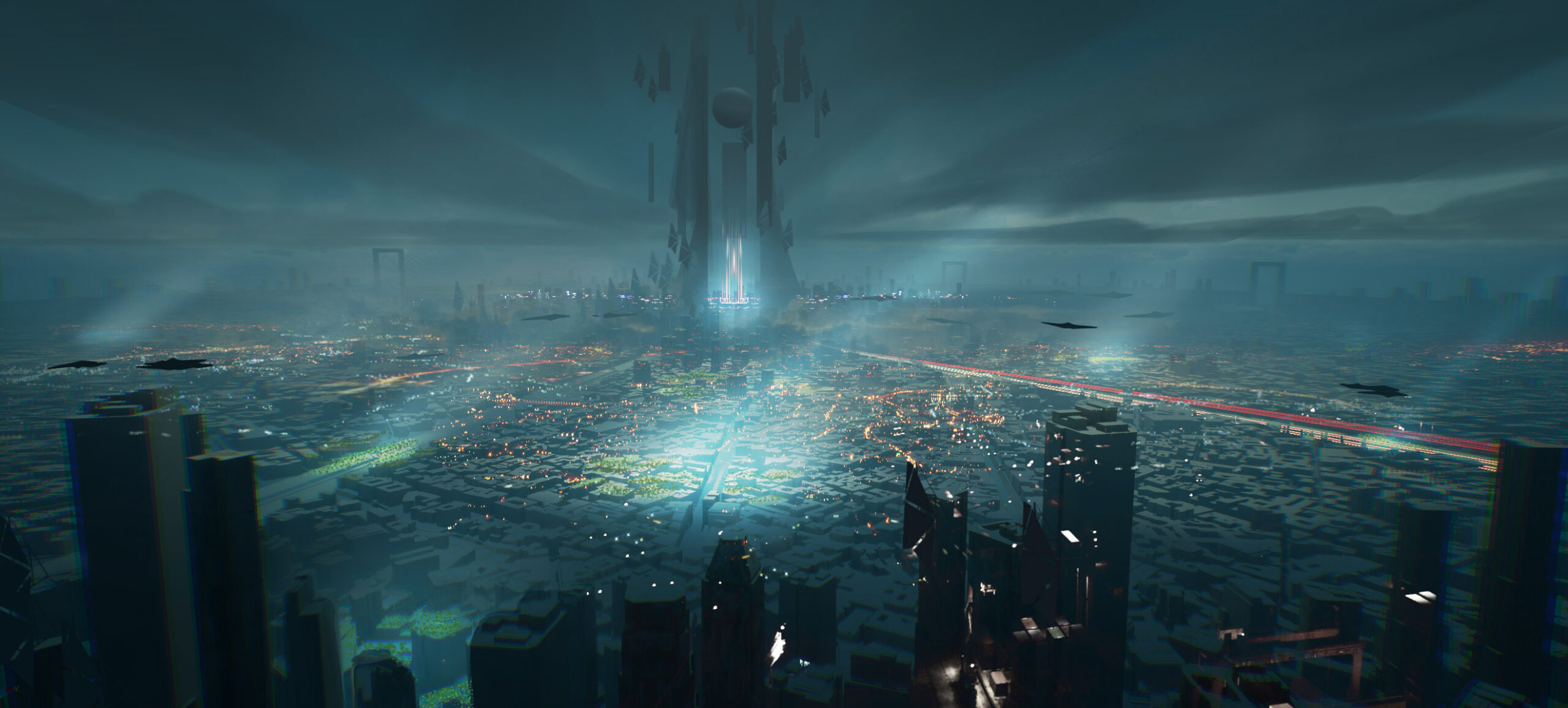THE ARENA PERILOUS
THE ARENA PERILOUS is a massive, mutable colosseum built above the Temple of the Coalescent. One, several, or all of The 9 Progenitors designed the Arena at some point in Khora’s forgotten past.
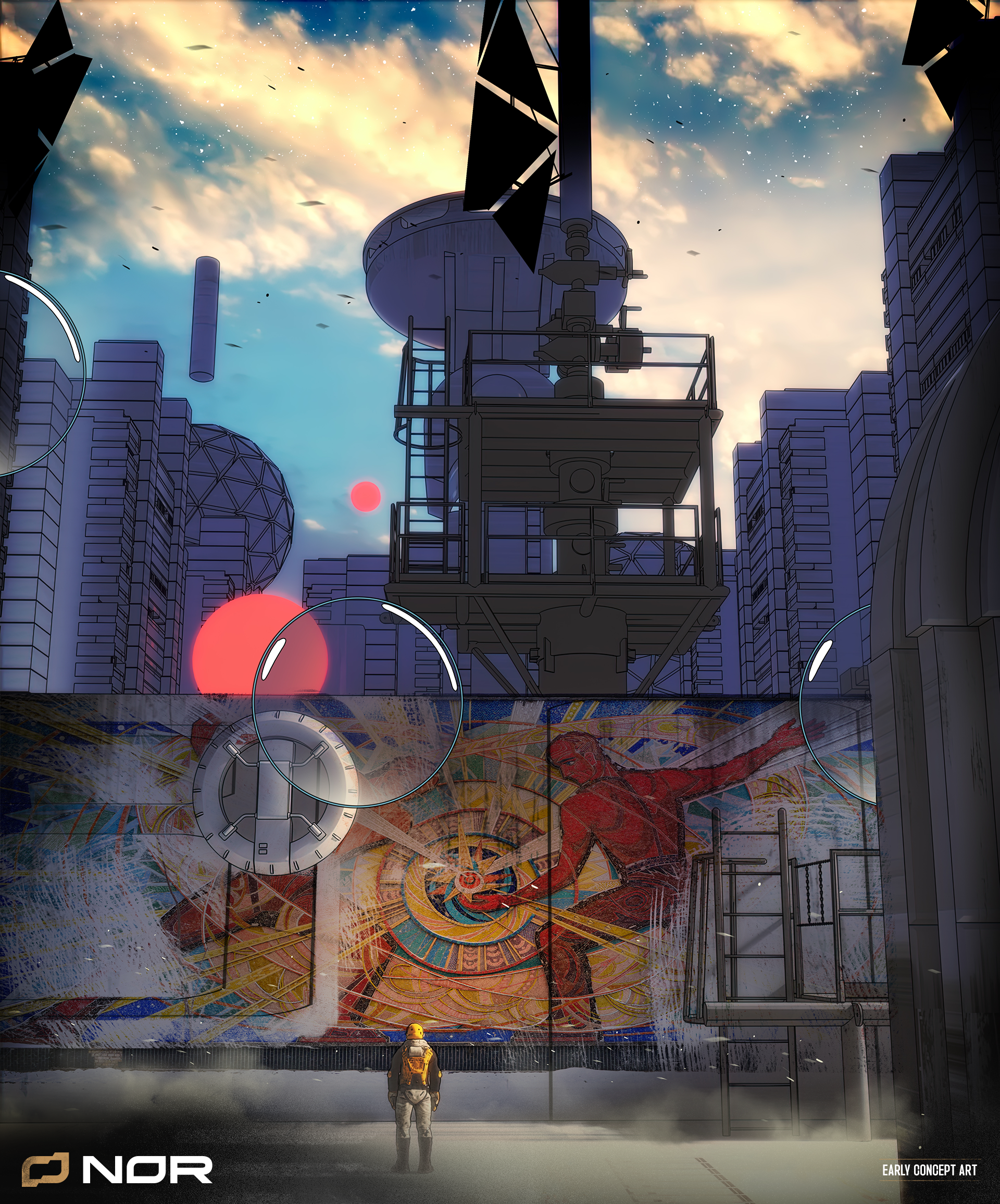
Eventually the Arena became sentient. Khoric scholars don’t know if this was the intent of the 9, but the Arena’s proximity to The Coalescent created a “pairing” of the two structures, and now the Arena changes its landscape according to The Coalescent’s desires. One theory claims that the 9 themselves are responsible for any modern changes in the Arena, specifically the Warrior, who watches every contest and alters the landscape to ensure fair play.
Other theories concerning the Arena are speculative, at best: that the Arena drinks the blood of any Khoric wounded within its walls; that the Politician manipulates the space to gain insight into all players; that the Inventor created the energy-sphere for unknown (but nefarious) reasons.
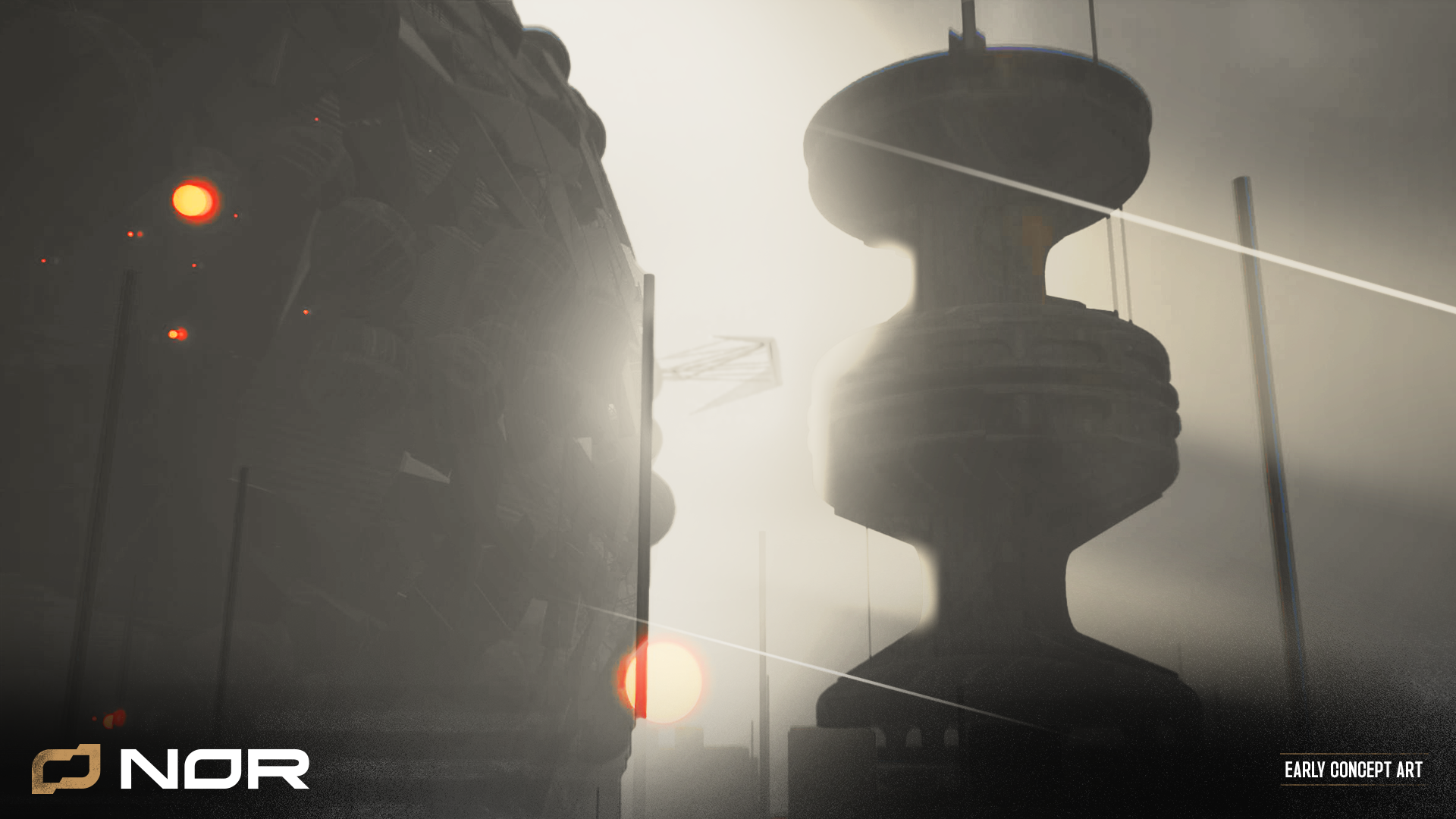
“I began not so much as a tourist in the city of Khora but as a cosmic stowaway: no less Khoric in appearance than many of its citizens but ignorant of their customs. My first visit to Khora saw me wandering in stupefied awe at the sky-piercing towers and glaciers of metal and glass whose shadows covered countless streets. I visited taverns and laboratories, stadiums for sport, theaters of government; I saw legions of automatons, swarms of mechanical devices constantly at work. Construction of a building that would take years in our world took mere minutes in Khora, and then, just as quickly, these swarms would deconstruct whatever they had built, leaving a space soon filled with vines of alarming vitality.
“Above it all stood the Arena Perilous, a structure of such size that it took me weeks to circumnavigate. During my journey I spoke with men, women, and persons of uncertain genders and creeds who bore no accents and yet somehow knew English, French, Spanish, Urdu, Swahili—all the languages I am proficient in. Of my world they seemed to know everything, of their world I knew nothing. I cannot say any of them were happy, nor were they content. Nor did they display passions as you and I understand them. But sorrow and anger were equally absent, replaced with a sort of stoic, abiding innocence.”
– Codex Eternicus, “The Traveler Arrives”
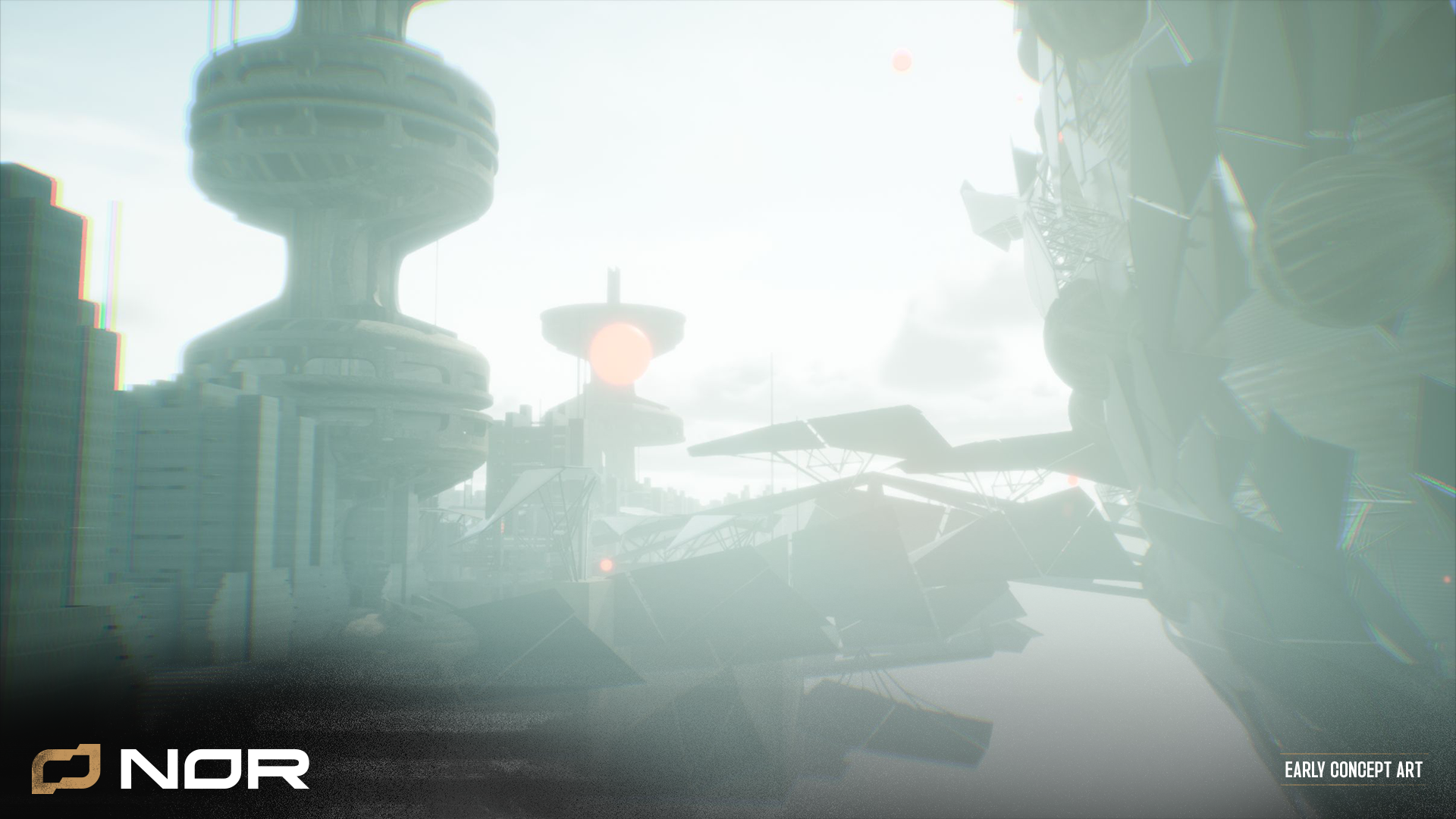
Q & A with our Game Director
Hello Folks! It’s the C9 team with another post, this time featuring our very own Game Director Paul Lee. Paul has worked on a bunch of impressive titles (Across the Spiderverse; Dr. Strange 2; Red Dead Redemption; God of War; et al.) and he’s brought his decades of experience to our humble organization.
We had questions, he had answers. Here are some:
Why did you get into the videogame industry?
I’ve had a clear vision, early on in my career. There wasn’t anything that I wanted to do aside from game development. Around my senior year in my art school, I wanted to make video games. I was obsessed with playing video games at the time and I wanted to make a career out of it. 22+ years later, the passion never faded.
What advice do you have for aspiring game producers? What is an underrated skill? What is an overrated skill?
People that yearn to break into the game industry quickly find themselves disappointed. Whether it’s company politics, or the type of work they’re tasked with, very rarely are things logical or rational. If you can develop the mental strength to withstand the weird and the unexpected, and brace yourself for some anguish, you’ll survive.
Almost everyone in the industry overlooks the art of technical troubleshooting. This is probably the most valuable skill that you can have. Game development roughly consists of 40% asset creation and 60% troubleshooting/fixing things. If you can minimize your frustration and hone your troubleshooting skills, you’ll have a one-up against everyone else.
Polishing is the most overrated skill. There are numerous artists and engineers who can polish game art and gameplay-relevant assets and mechanics, but the most crucial steps in game development is to put conceptual elements into motion and succeed. When doing so, one does not have to polish the items in question. For example, if we were to create a five-step fighting combo move for a character, we wouldn’t need refined animations at the start. We could first create animation assets that are at ‘rough’ stages and have them be incorporated into the game engine to obtain the general sense of the ‘feel’ and the timing.
You’ve worked on a lot of famous titles, with much bigger budgets. How does your experience making FASTER compare to your previous titles? Is there anything that’s surprised you?
There isn’t much of a comparison. Some of the AAA titles have a near-unlimited budget with a very generous time frame. FASTER did not have the luxury of hiring a dream-team consisting of all supervisor-level creatives, nor did we have abundant monetary resources that allowed for multiple time extensions. Many members of our team really had to step up their game (pardon the pun) to get FASTER finished.
How do you solve creative blocks?
All creative blocks are temporary. There are more than enough resources out there to solve any kind of problem–you just have to push through it.
What is the most important thing you have learned from building FASTER with this team?
Having the right talent is paramount. It’s an absolute prerequisite in creating a great game.
Having a team with a solid threshold for stress and willingness to troubleshoot, problem solve, and push through the rough trenches is what got us to the finish line. (No pun intended. I think. – ed.)
TECHNOLOGY UPDATE
As we come close to our launch, we sit down with our CTO Mo Khalifa to get an understanding of what the NOR platform provides that no other gaming platform does.
“We have created an industry-first platform that gives the power back to the user by harnessing decentralised technology. The user data and in-game items are truly owned by the player, not stored on a server owned by the company. The platform works seamlessly as any other platform and we don’t have any extra plugins for the user to add, no wallets, etc. We have also built an in-game economy that hasn’t been seen before. We don’t use tradable coins on the open market. We keep it fair and square for the player.” – Mo Khalifa
WHAT'S NEW?
“The latest feature we have is our matchmaking system which doesn’t require the user to wait in a game lobby until other players join. It’s all done seamlessly and quickly to give the player a better experience. This was made possible by a long period of detailed research and development to find a solution that will work and make this dream a reality.
NOR is collaborating with Holochain and Rain to create a web3 and dweb game economy and ecosystem. We are building a decentralized platform with a series of games that keeps player data transparent, and is scalable across web, mobile, and desktop, with aligned incentives for players and metagamers.
The NOR platform is the decentralized gaming and metagaming access point. Login looks like web2 but actually connects to your local keys– meaning all participants are fully in control of their data. This identity connects to various gaming systems and stores player data on a distributed network.”
TOURNAMENTS
“The NOR tournament system sells tickets and offers player entries, rewarding both metagamers and players upon tournament completion. This utilizes web3 and dweb technologies for a transparent, low-friction system. NOR, Holochain, and Rain are working together to extend this world of competitive gaming/esports. Platform, ID, tickets, tournaments, game stadia, rewards, contracting and more are in the works for 2024. Additional functionality like asset crafting, player souls, extensible onchain asset economy, onchain game energy and currencies are in the works. Stay tuned.”
-MO KHALIFA, CTO
Reintroducing Khora
Back when we started this whole thing, our entire game world was built around the city of Khora. Micah and his writing team came up with a bunch of other names–The Immortal City, City Prime, the Beginning of all Beginnings, the End of All Endings, etc–but I’ve always called it Khora. There’s plenty of lore posted in our Discord channel (if you haven’t joined, please do) about the life of Khorics, detailing their immortal existences and how they keep themselves sane through the unending eons.
I envisioned Khorics as near-humans cursed with immortality. They can die in a physical sense (and they often do) but they always return to Khora, reborn through the Coalescent. Immortality is their prison. It drives them insane, even as they attempt to lose themselves in unchecked hedonism.
Play Keeps Khorics Sane
Of course hedonism has many forms, and Khorics tried it all before settling on play. Play offers a distraction from immortality because play can be structured to mirror what Khorics miss most of all: the ability to permanently die. Play offers a discrete beginning, middle, and end.
Play used to be what made videogames so much fun. Death used to matter in videogames but when games became what they are now, death didn’t matter. Endless lives, endless save points, endless grinding–we players became immortal. And immortality became our curse, just like the Khorics.
So play is the only thing that keeps Khorics sane and they build their existence around it. The city of Khora is their playground. We hope it becomes yours.
Enter the Arena Perilous
Pompeii had the Amphitheater, Rome had the Coliseum, London has the O2, Ahmedabad has the Motera Stadium, and Khora has the Arena Perilous.
Every important game is held in the Arena Perilous, including our first game FASTER. The Arena is a mutable space capable of housing any type of game at any scale, from a single field to a self-contained sea to a vast urban landscape spanning hundreds of square miles. FASTER uses a track that weaves through the city of Khora. The Arena Perilous in this instance has knit itself to the Khorics streets, proof of its limitless forms.
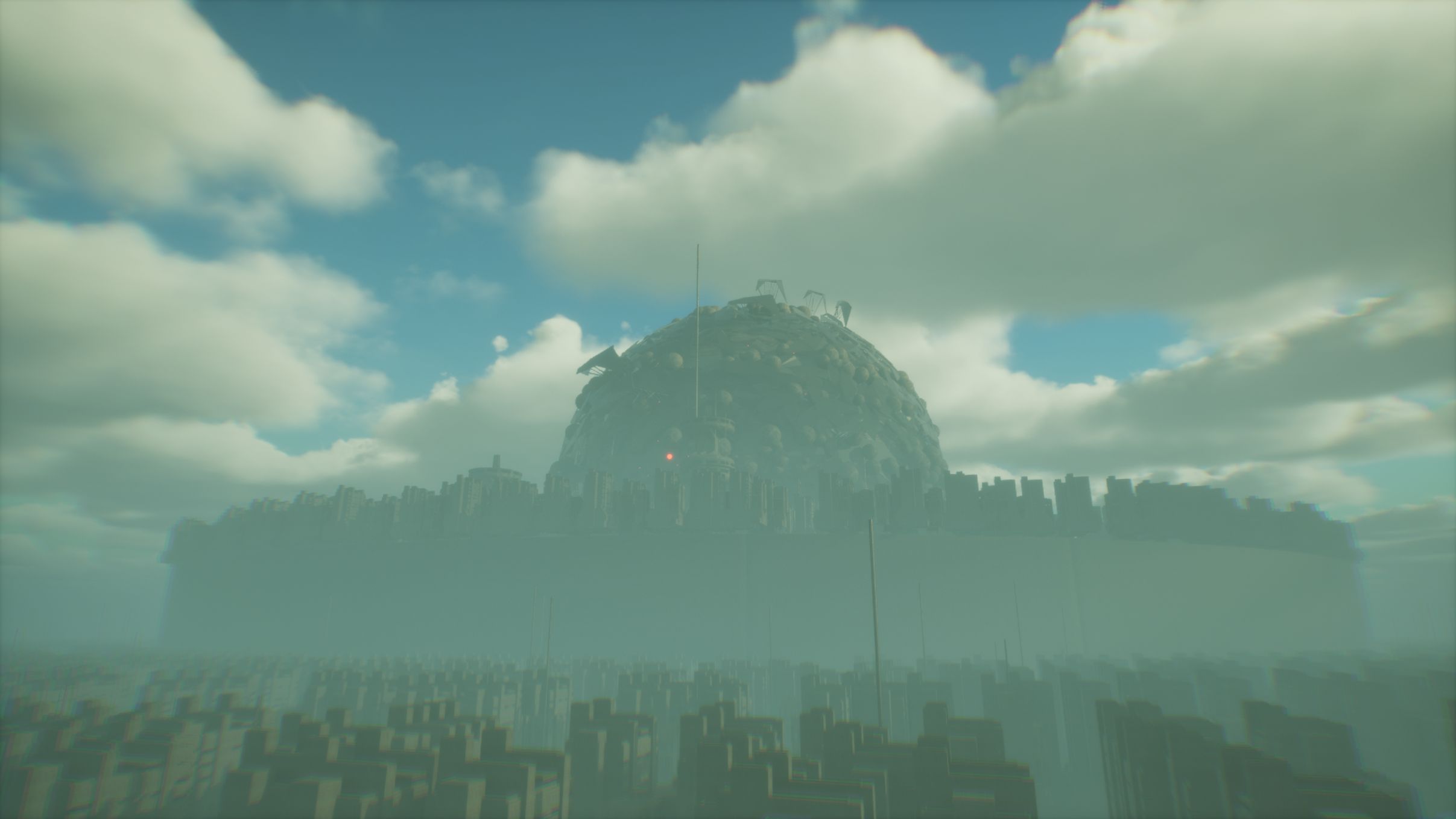
Brooks Brown
CEO, Consortium9
